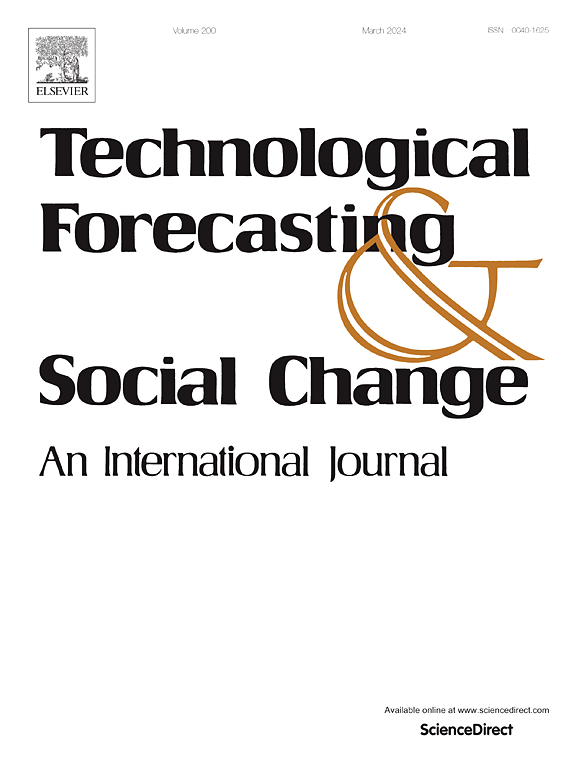How and when digital transformation intensity influences employees' safety-related helping behaviors
IF 13.3
1区 管理学
Q1 BUSINESS
Technological Forecasting and Social Change
Pub Date : 2025-03-08
DOI:10.1016/j.techfore.2025.124092
引用次数: 0
Abstract
In the context of safety management in safety-critical organizations, this study leveraged the job demands–resources model to scrutinize the divergent effects of digitalization on safety-related helping behavior. A two-stage survey of 367 employees from 41 teams in a safety-critical organization revealed that the employees' self-efficacy mediated the positive relationship between the intensity of digital transformation and safety-related helping behavior, whereas ego depletion mediated the negative relationship between the intensity of digital transformation and safety-related helping behavior. In addition, employees' positive perception of the organization's motivation for adopting digitalization amplified the indirect effect of the intensity of digital transformation on safety-related helping behavior via self-efficacy, while diminishing this indirect effect via ego depletion. These findings help to deepen the current understanding of the relationship between digitalization and employees' safety-related helping behaviors, and provide suggestions for managers in safety-critical organizations on how to use digital technologies to encourage employees to help each other in safety management. We emphasize that it is important for organizations to ensure that employees understand that digital transformation are motivated by a desire to help them avoid safety hazards, rather than to supervise them in safety management.
数字化转型强度如何以及何时影响员工的安全相关帮助行为
在安全关键型组织的安全管理背景下,本研究利用工作需求-资源模型来审视数字化对安全相关帮助行为的不同影响。对某安全关键型组织41个团队367名员工的两阶段调查发现,员工自我效能感在数字化转型强度与安全相关帮助行为之间起正向作用,而自我耗竭在数字化转型强度与安全相关帮助行为之间起负向作用。此外,员工对组织采用数字化动机的积极感知放大了数字化转型强度通过自我效能对安全相关帮助行为的间接影响,同时通过自我耗竭减弱了这种间接影响。这些发现有助于加深目前对数字化与员工安全相关帮助行为之间关系的理解,并为安全关键组织的管理者如何利用数字技术鼓励员工在安全管理中相互帮助提供建议。我们强调,组织必须确保员工理解,数字化转型的动机是帮助他们避免安全隐患,而不是在安全管理方面监督他们。
本文章由计算机程序翻译,如有差异,请以英文原文为准。
求助全文
约1分钟内获得全文
求助全文
来源期刊
CiteScore
21.30
自引率
10.80%
发文量
813
期刊介绍:
Technological Forecasting and Social Change is a prominent platform for individuals engaged in the methodology and application of technological forecasting and future studies as planning tools, exploring the interconnectedness of social, environmental, and technological factors.
In addition to serving as a key forum for these discussions, we offer numerous benefits for authors, including complimentary PDFs, a generous copyright policy, exclusive discounts on Elsevier publications, and more.

 求助内容:
求助内容: 应助结果提醒方式:
应助结果提醒方式:


